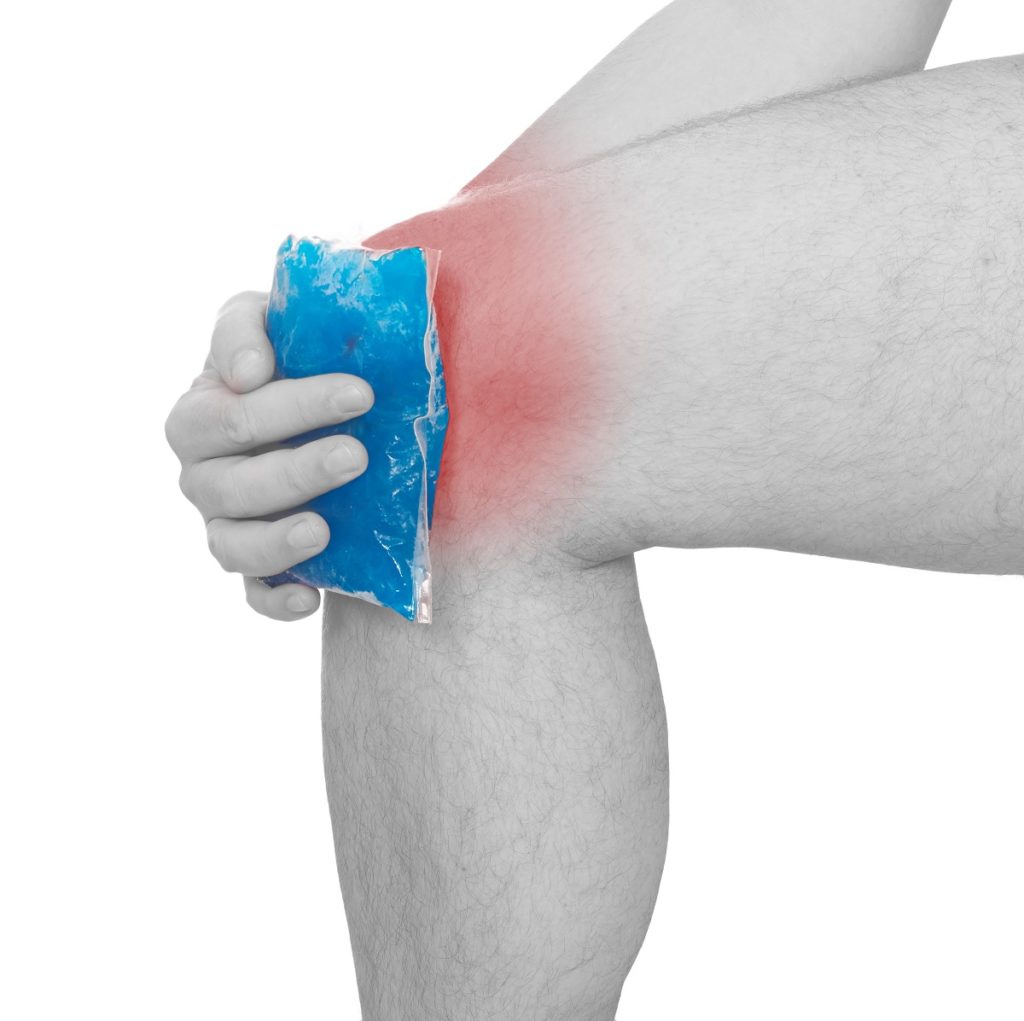If you own a car, much of your attention will go towards its care and maintenance. It’s inevitable because apart from being one of the most expensive things you can own in your lifetime, cars have become a modern-day necessity.
In the midst of keeping watch over your vehicle, however, you might be turning a blind eye to the very thing that protects it: your garage. Let this article be a reminder that your garage could do with some care and maintenance, too, and that doing so would also benefit your beloved car.
Not a Requirement, But Helpful Nonetheless
You can own a car without a garage, but you and your vehicle can both benefit from having one.
Garages offer the following benefits:
- Protection from vandals and thieves.
There’s no stopping vandals from damaging a car that’s parked on the road. While a garage isn’t foolproof protection (determined vandals can still break their way in a locked garage), it is an effective enough deterrent against anyone who’s thinking of damaging or stealing a privately owned car.
- Keeps cars dry, slows down deterioration, and preserves a car’s aesthetics.
Cars that are left outside all night, all the time are exposed to moisture, extreme temperatures, and debris.
Water can pool in the undercarriage and keep the metal components moist, which in turn can lead to corrosion. The changing temperature as the warm day gives way for the cold night, and the freeze-thaw cycles as the seasons change, can also cause the exterior plastic and rubber components to deteriorate rapidly. Finally, dust, dirt, falling tree branches, and flying gravel kicked up by passing vehicles can scratch the paint and make the car’s finishing lose its luster.
All of these can be avoided if you simply park inside a garage.
- Slows down wear and tear.
Garages protect cars from destructive human and natural elements, one small perk at a time. The accumulation of these benefits slows down the wear and tear rate, especially of the components that have nothing to do with mileage. Cars parked in garages look brand-new longer (if not always) compared to cars on the sides of the road.

Garage Maintenance 101
So how do you take care of your home garage? Below are some of the best ways to ensure that a garage stays functional and in good condition.
- Resurface your garage floor – Resurfacing means applying a protective coating on a concrete floor to make it impact-resistant, waterproof, and easy to clean. It also corrects blemishes and minor damage such as cracks, dings, and stains. Concrete resurfacing systems aren’t critical to making a garage functional, but you will appreciate them more when you must lie on your back and get under the hood of your car.
- Install a garage door – Whether electric or manual, a garage door can secure your car, elevate the look of your house, and add value to your house’s market price. Invest in a good, low-maintenance model so that you can keep the repairs to a minimum.
- Build proper storage – Clutter can quickly accumulate in a garage. Boxes of knickknacks, old furniture, sports equipment, seasonal decorations, supplies — all of these eventually find their way here. When too many of them pile up, random objects that are stacked near the mechanisms for the electric garage door might mess up the latter’s sensors. It’s also very easy to knock things over when there’s no proper storage. To keep your garage orderly and ensure that you have room to park your car, you can assess your storage needs and build shelving systems inside your garage.
- Clean regularly – Besides dusting and sweeping dirt, keeping the floors and every corner of your garage dry will keep mold and mildew from forming. Regular cleaning also prevents rodents and other household pests from nesting inside.
Maintaining your garage is indirectly caring for your car. The best part is you also enjoy other benefits like heightened home security and privacy, more storage space, and increased home value (by up to 80% of the build price). So follow these tips and make the most of your garage.




